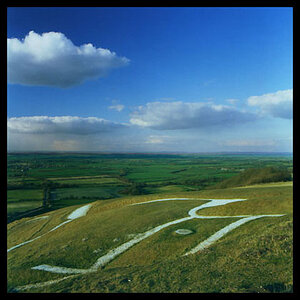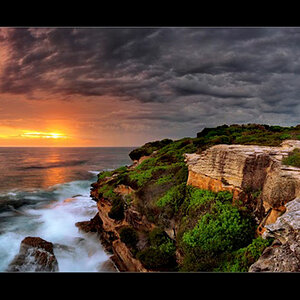- Joined
- May 1, 2008
- Messages
- 25,421
- Reaction score
- 5,000
- Location
- UK - England
- Website
- www.deviantart.com
- Can others edit my Photos
- Photos OK to edit
It's important to bring this into perspective and realise that photography is a medium not a method.
That is to say that its like paints or sketches or diagrams or anything else.
It's a medium which can be used for a mind boggling number of variations for an even more mind boggling number of creative products. Some will be almost record level; others at the other extreme parts of a collage.
So you can't really stand up and say that any one method is right or wrong or better or worse. Indeed most of these discussions boil down to "this is how I like to do it/wish to do it/how my inspirations do it".
I think you can only start to come to methods or ways if you start to put down stipulations first. Eg for reporting style photos - then you can start to have some meaningful discussion on creative choice and appropriate methods. Otherwise its a horrible mishmash of veiwpoints from so many different approaches that it just ends up a mess of opinion with no real grounding.
That is to say that its like paints or sketches or diagrams or anything else.
It's a medium which can be used for a mind boggling number of variations for an even more mind boggling number of creative products. Some will be almost record level; others at the other extreme parts of a collage.
So you can't really stand up and say that any one method is right or wrong or better or worse. Indeed most of these discussions boil down to "this is how I like to do it/wish to do it/how my inspirations do it".
I think you can only start to come to methods or ways if you start to put down stipulations first. Eg for reporting style photos - then you can start to have some meaningful discussion on creative choice and appropriate methods. Otherwise its a horrible mishmash of veiwpoints from so many different approaches that it just ends up a mess of opinion with no real grounding.


![[No title]](/data/xfmg/thumbnail/42/42329-331b54ea6493a8cdd21d8e624fe97e85.jpg?1619740129)
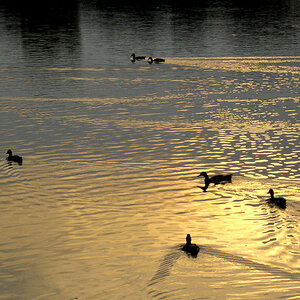
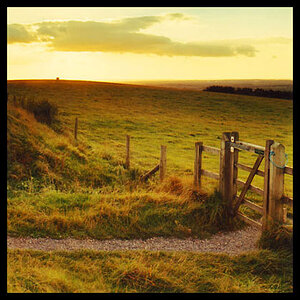
![[No title]](/data/xfmg/thumbnail/42/42328-c1143adda9734f7d05ce4361e79c27a7.jpg?1619740129)
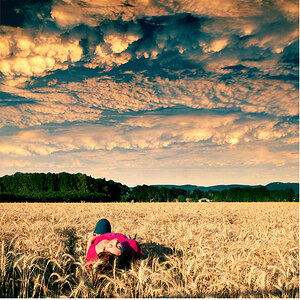

![[No title]](/data/xfmg/thumbnail/37/37627-c3d3ca879cdfbdb9e35acdcc7fcd4b3e.jpg?1619738154)
![[No title]](/data/xfmg/thumbnail/32/32926-ec27ecead8c80d803404500d8f888dbf.jpg?1619735754)
